Worried that no one would take care of his ancestors' graves when he passed away, Mr. Matsumoto decided to choose the service of scattering the ashes of the deceased into the sea.
Toshihide Matsumoto, 65, decided in June to close his family cemetery in Himeji City, Hyogo Prefecture, Japan, where 10 members of his clan have been buried for centuries. His father and sister are also buried there.
“My mother used to be a caretaker of the cemetery, but after a fall in 2019, she was unable to continue,” said Mr. Matsumoto. Mr. Matsumoto’s wife died in 2018 and his mother, 90, is now in a nursing home. He has an only daughter who lives in Tokyo, 575 kilometers (355 miles) away from Himeji.
Seeing many abandoned graves in the area without care makes Matsumoto feel sad and worried. "I'm afraid that no one will take care of my ancestors' graves when I die. I also don't want to put a burden on my children," he said.
To prevent his ancestors’ graves from falling into a similar situation, he decided to discuss it with his family and relatives. Earlier this year, with his mother’s consent, he opted for a sea burial service, scattering his ancestors’ ashes at sea.
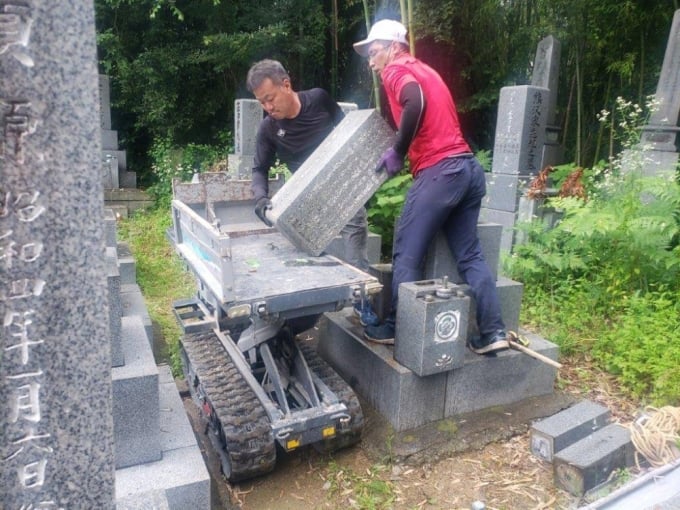
Workers move Mr. Matsumoto's ancestral graves at a cemetery in Himeji City, Hyogo Prefecture. Photo: Japan Times
Faced with the increasing number of abandoned graves in Japan, many people have made the same decision as Mr. Matsumoto. According to the Japan Times , this is a consequence of the traditional family model gradually disappearing, as more and more people leave their hometowns and the Japanese population rapidly ages.
Japan has seen a significant increase in the number of reburials over the past decades. In the 2000s, the country recorded around 60,000-70,000 reburials per year, but has consistently surpassed the 100,000 mark since 2017. Last year, Japan recorded more than 150,000 reburials.
The growing demand for reburial has prompted many businesses to catch up with the trend and create additional services. Families will decide on the form of reburial, moving the ashes to a new grave in another city, or burying them in an urn or urn, or scattering the ashes at sea.
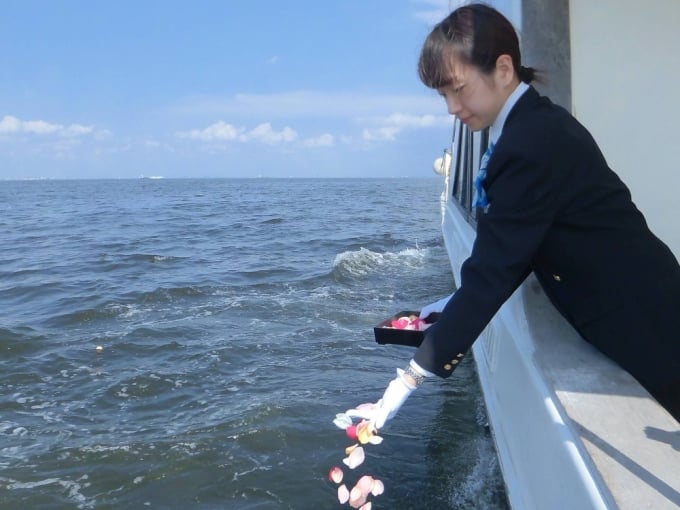
A staff member of a cremation service scatters ashes into the sea. Photo: Japan Time
Mitsuko Kikkawa, an expert on Japanese funerals, said the cost of buying land for burial in Japan is very expensive. Through the media, more and more people are learning about and adopting other forms of burial, including Mr. Matsumoto in Himeji.
House Boat Club, the company that provides sea burial services for Mr. Matsumoto’s ancestors, has seen a large number of customers choose to have their ashes scattered at sea. According to Akaba, the company’s leader, this is proof that the demand for reburial in Japan is currently very high.
Crematoriums are another popular alternative. Henjoson Temple on Mount Koya in Wakayama Prefecture has seen a surge in demand for cremated remains, as it is a sacred site in Japanese Buddhism.
More and more people are coming to Mount Koya to buy urns to store ashes. Each urn at Henjoson Temple can hold eight urns. Monks pray daily at the urns and stream them live on YouTube.
"Diversifying the form of reburial is not new. Burial traditions have changed over time, to suit the lifestyle of each period," said Ms. Kikkawa. "But what has not changed is the respect for ancestors."

A chamber for storing ashes inside Henjoson Temple on Mount Koya, Wakayama Prefecture. Photo: Japan Times
Duc Trung (According to Japan Times )
Source link


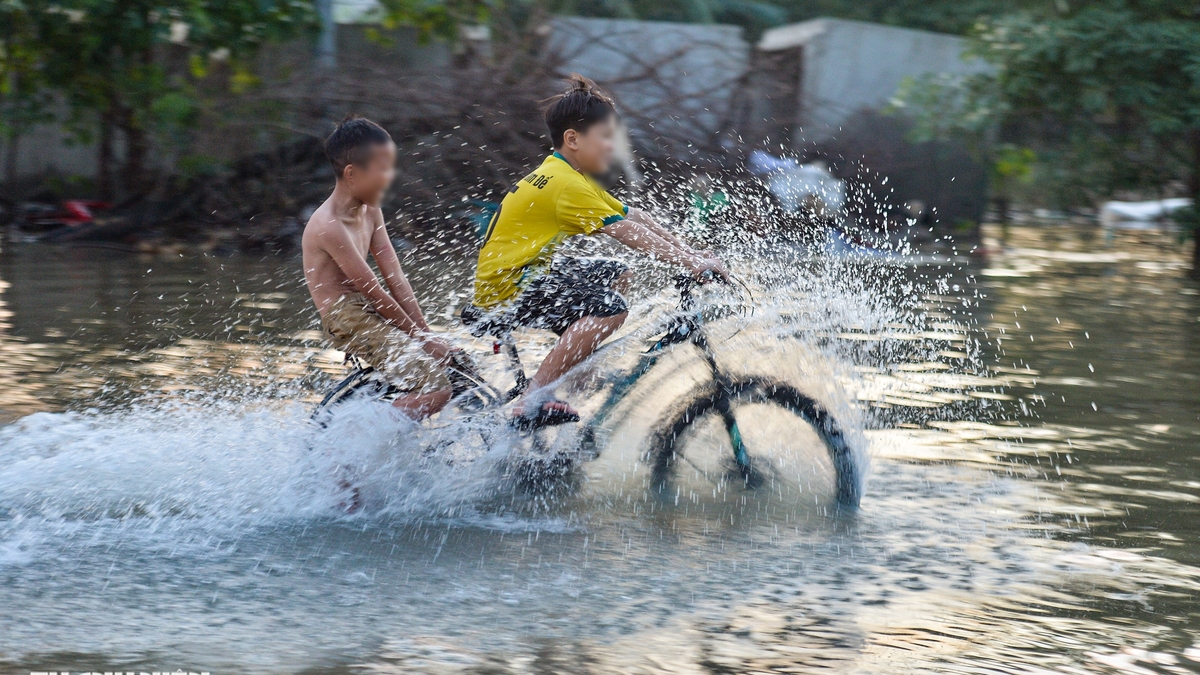
![[Photo] Prime Minister Pham Minh Chinh chairs a meeting of the Government Standing Committee on overcoming the consequences of natural disasters after storm No. 11](https://vphoto.vietnam.vn/thumb/1200x675/vietnam/resource/IMAGE/2025/10/09/1759997894015_dsc-0591-jpg.webp)


![[Photo] Prime Minister Pham Minh Chinh chairs the Conference to deploy the National Target Program on Drug Prevention and Control until 2030](https://vphoto.vietnam.vn/thumb/1200x675/vietnam/resource/IMAGE/2025/10/09/1759990393779_dsc-0495-jpg.webp)





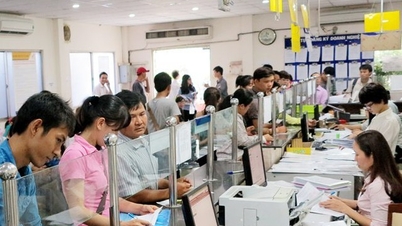
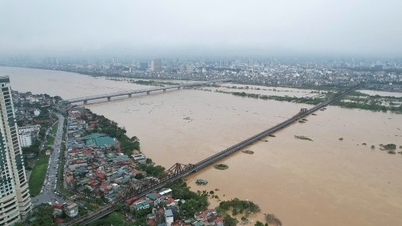


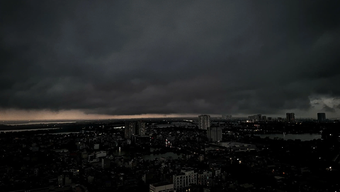
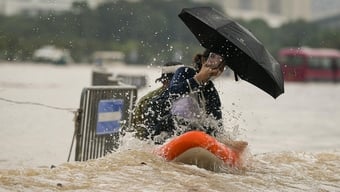
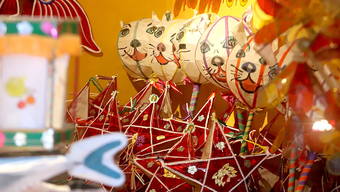






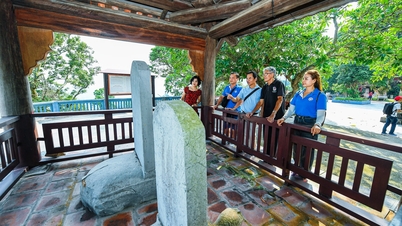

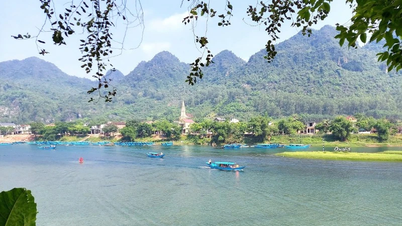

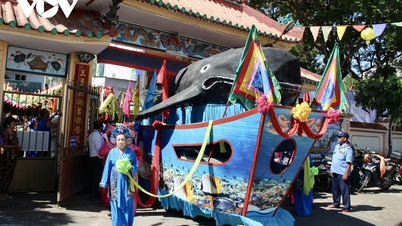
















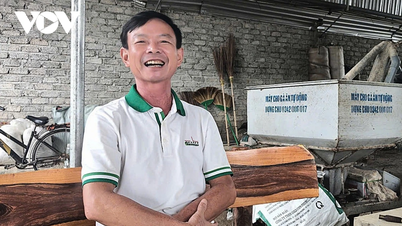








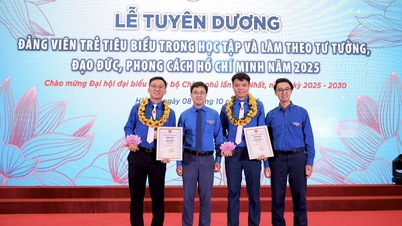

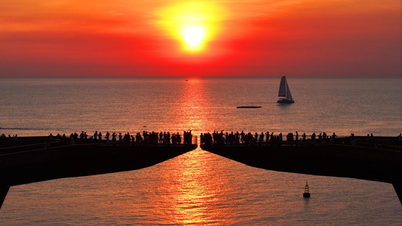



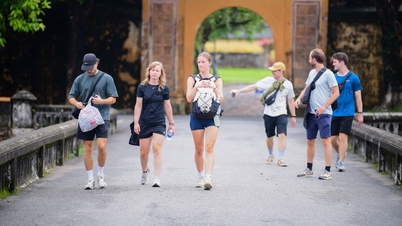



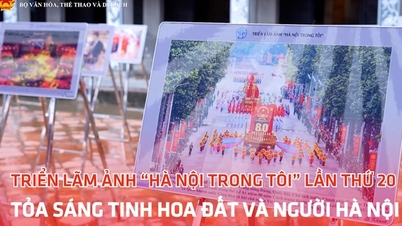
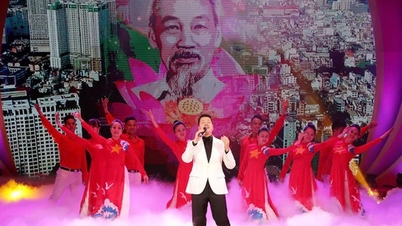


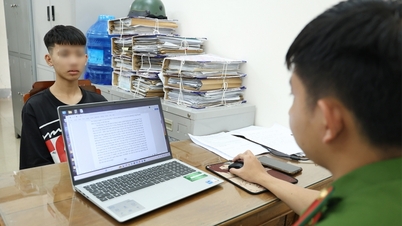

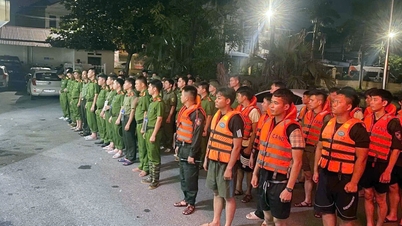

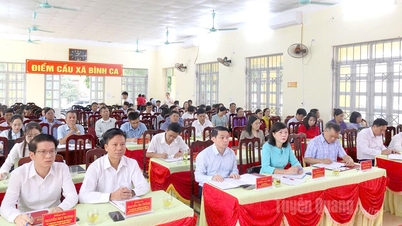














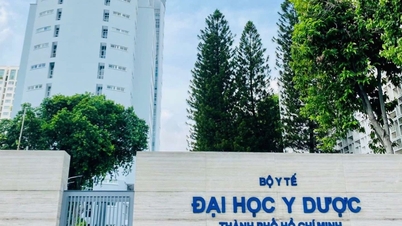






Comment (0)